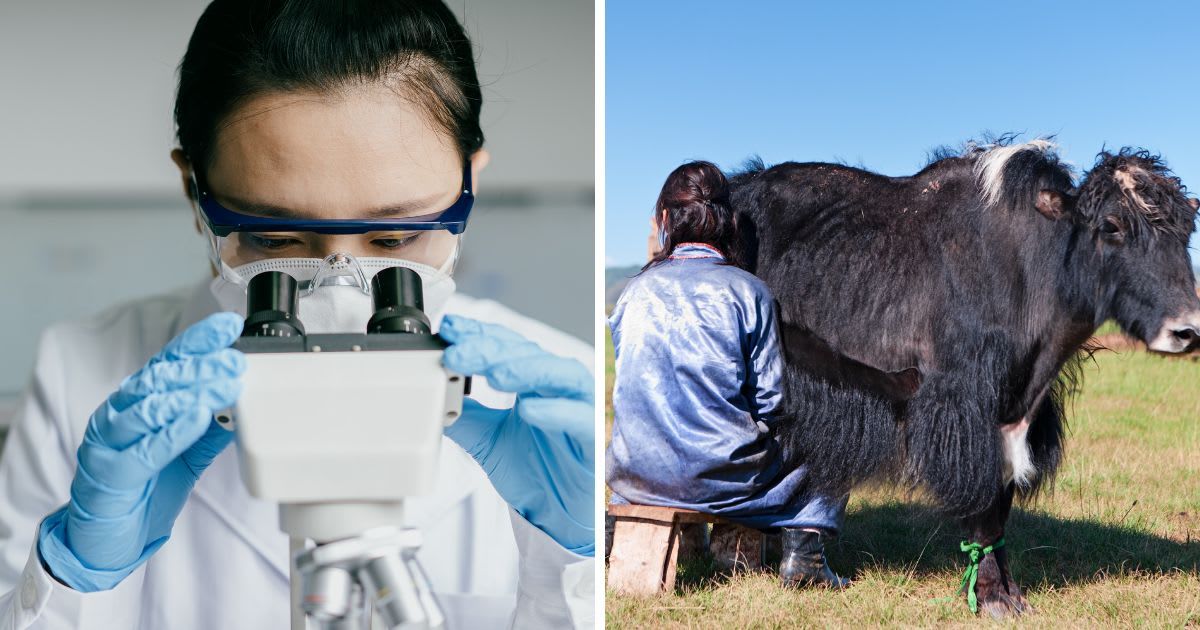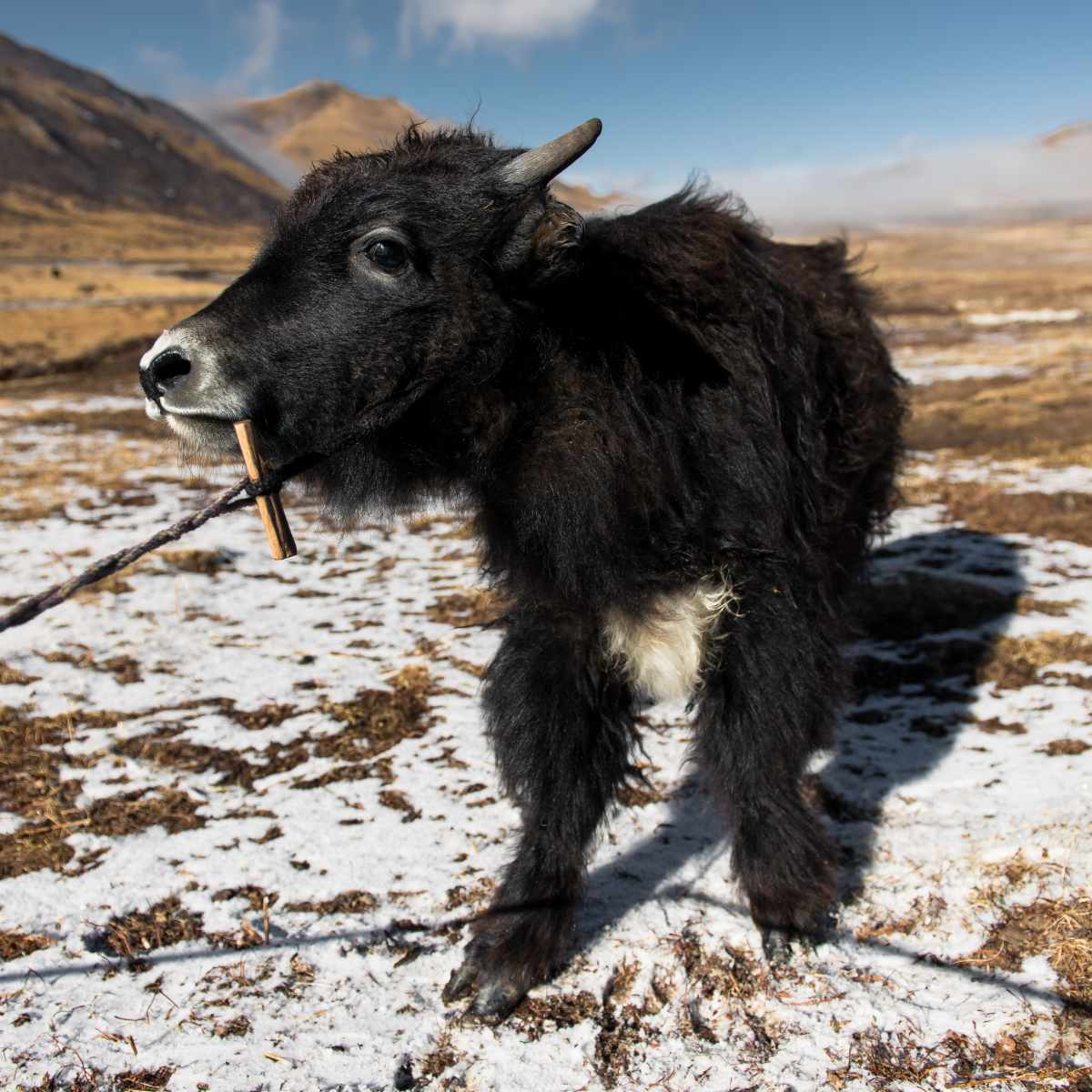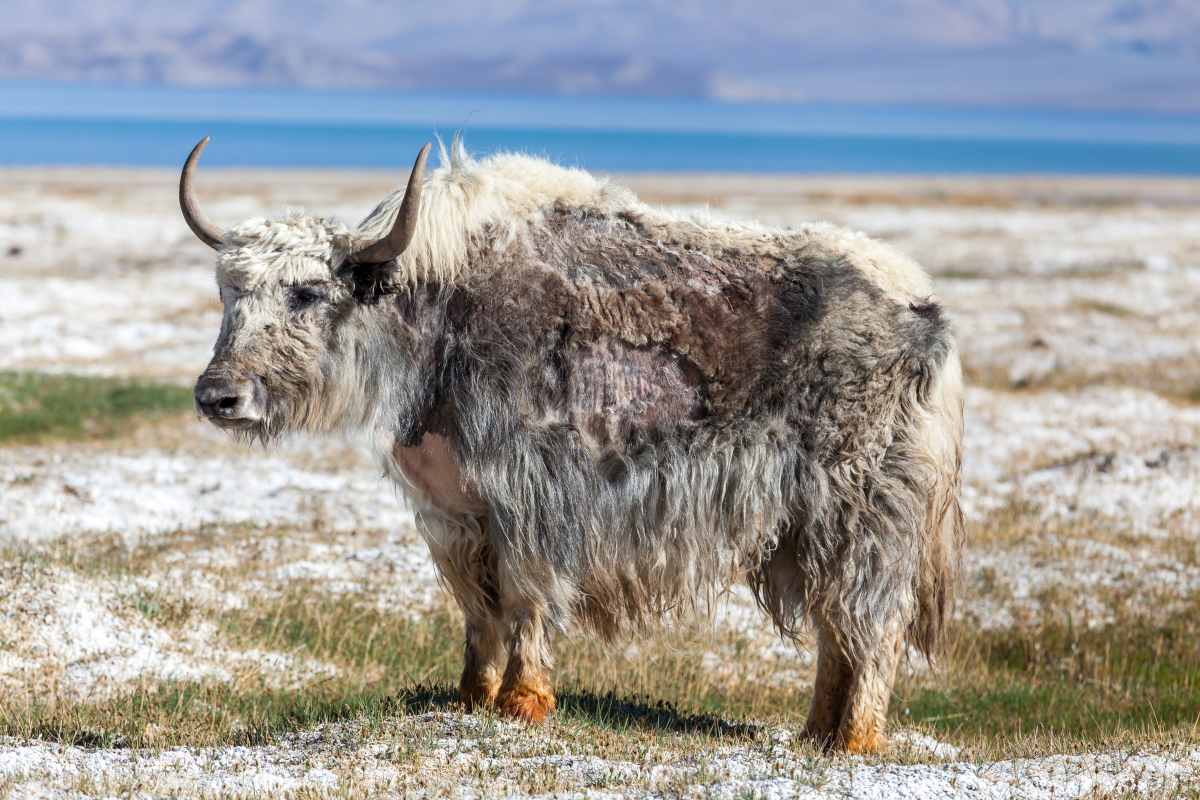China successfully clones a 'yak' for the first time ever in Tibet

On July 10, the first cloned yak was born in China, marking the country’s significant development in livestock breeding. The yak born via a caesarean section was bred at a facility in Damxung County in China’s Xizang Autonomous Region, commonly referred to as Tibet. The news was shared via a video posted by New China TV on their YouTube Channel. The video was published on July 15.
The video detailed that the cloned yak is black and weighs 73.9 pounds, which is heavier than most newborn yaks. The calf was born utilizing somatic cell cloning technology. The technology helped researchers insert the DNA into the female yak’s egg cell without the nucleus. The development of the animal was bolstered by the use of whole-genome selection. The method allowed scientists to identify desirable traits such as size and milk yield in yaks. The calf born is the healthiest and can walk easily without any issues.

The project started in 2023, was in partnership between the researchers at Zhejiang University in eastern China, who led the scientific work, the Damxung County government, and the Institute of Plateau Biology in Xizang. It was carried out to enhance the breed quality of yaks in the region. The calf was born in the higher altitudes of Tibet. The area is highly dependent on yaks in providing meat, milk, transportation, and fuel in the form of dung, therefore increasing the local economy and affecting the ecology of the region. The successful cloning of the yak indicates the development of a modern breeding system to suit the environment at the higher terrains of Tibet. The cloning has proved that the yak is stronger, productive, and disease-resistant.

Reports have mentioned that yaks are a vital part of the people belonging to the Tibetan Plateau. The lower temperatures and higher altitudes make it impossible for cattle to survive. With Yak’s unique disposition, they play a crucial role in providing food for the people. Their transportation abilities release a huge burden on people to move goods around the rugged area. The practice of sustainable grazing and maintaining grasslands preserves the region’s culture and economy. Yak dung was a “critical factor” in the colonization of the Tibetan Plateau, according to the study by Science Direct. The paper focused on studying the significance of yak dung as the most energetic source of fuel for early human inhabitants and discussed how various yak products served “different, complementary, and nonfungible purposes” for humans in the Tibetan Plateau.

The somatic cell method utilized in the cloning of yaks was first used in 1996. According to Interesting Engineering, researchers from the Roslin Institute in Scotland cloned a sheep using this method and named the animal Dolly. The cloned sheep was created when scientists from the institute inserted DNA into an adult female sheep. The birth of Dolly proved that an adult cell could be easily used to procreate an entire organism, technologically.